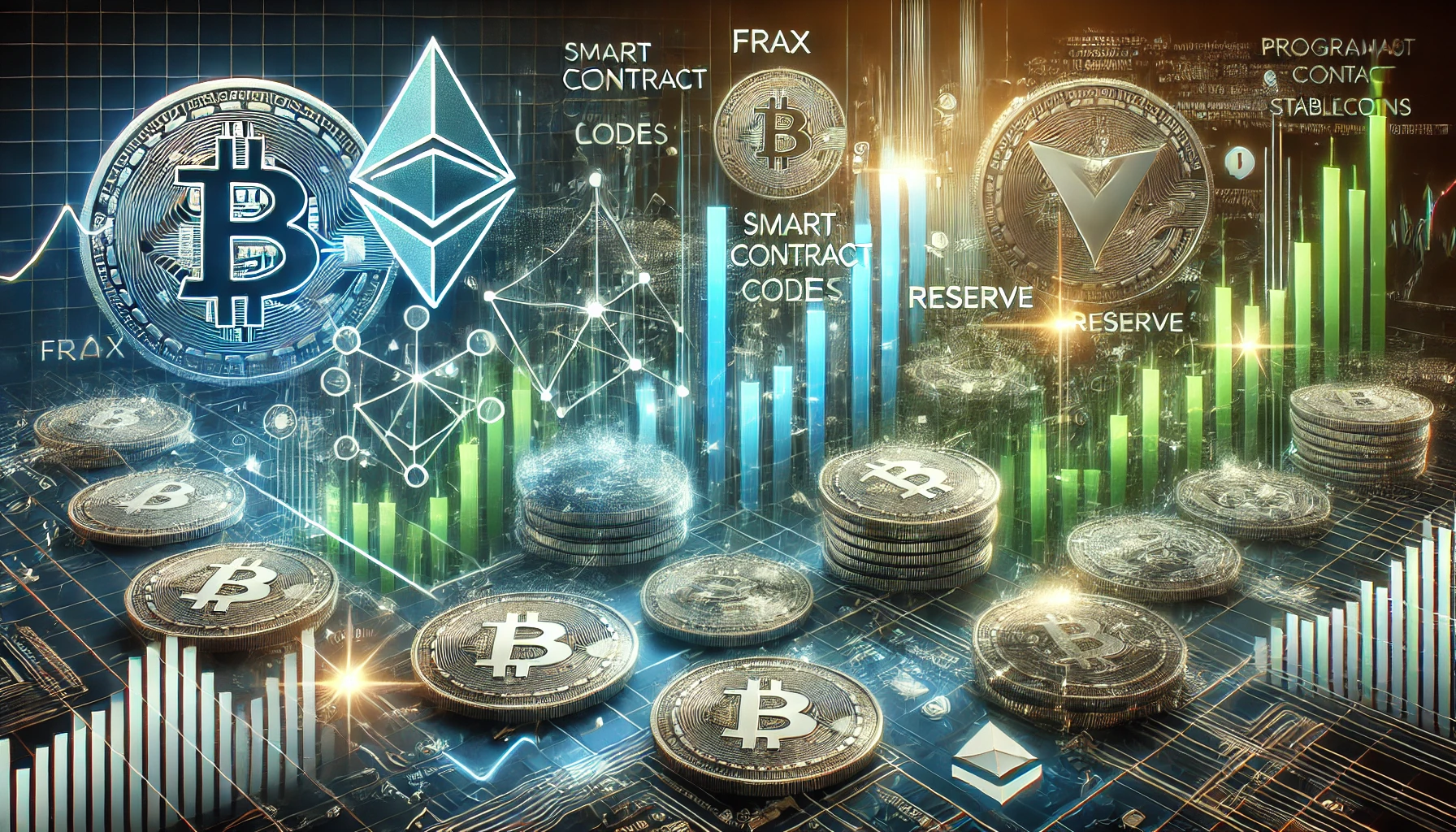Smart DeFi: The Future of Programmable Stablecoins Transforming Finance

Introduction: Stablecoins, But Smarter
Imagine if stablecoins could think for themselves. No, they wouldn’t be making your coffee in the morning, but they could manage their own value. Welcome to the world of programmable stablecoins. In the ever-evolving decentralized finance (DeFi) space, these smart coins are the next wave of innovation, adding more functionality than just being tied to fiat currencies. With smart contracts integrated directly into their logic, these stablecoins can autonomously adjust their value based on market conditions, interest rates, or even real-world asset prices. In this article, we dive into how these programmable assets are changing the landscape of DeFi.
What Exactly Are Programmable Stablecoins?
Okay, let’s start with the basics. Stablecoins are cryptocurrencies designed to have a stable value, often pegged to a fiat currency like the US dollar. But programmable stablecoins? They take things to the next level. By embedding smart contract logic, these coins don’t just sit there, waiting for their value to change based on external forces. Instead, they actively manage their own price by reacting to a variety of factors. Think of them as the control freaks of the crypto world, but in a good way. Whether it’s fluctuating market conditions or changing interest rates, these coins can adjust autonomously to provide stability. This could be a game-changer in the volatile world of DeFi.
How Do They Work?
Now, let’s geek out for a moment. Programmable stablecoins use smart contracts, which are self-executing contracts with the terms of the agreement directly written into code. This means that the coin itself can be programmed to change its behavior depending on certain triggers. For instance, if the market experiences high volatility, the coin can increase its collateral or adjust its interest rates to maintain its value. Some stablecoins are even designed to be backed by a basket of real-world assets, adding another layer of stability. The integration of these contracts into the stablecoin’s logic allows it to react in real-time, ensuring it stays as steady as possible, even when the rest of the market is doing its best rollercoaster impersonation.
New Startups Making Waves
As with any tech revolution, you’ve got your innovators. And in the world of programmable stablecoins, several startups are stepping up. One of the most talked-about is Frax, which has developed a stablecoin that uses a hybrid model of collateral and algorithmic adjustments. Meanwhile, projects like Reserve and Terra are also gaining traction with their own approaches to programmable stability. These companies are pushing the boundaries of what stablecoins can do, and they’re attracting significant attention from investors who see the potential for these assets to become the foundation of future financial systems. With billions already pouring into DeFi, the rise of programmable stablecoins could push this sector into overdrive.
The Potential Impact on the DeFi Market
So, what’s the big deal? Why should we care about programmable stablecoins? Well, for starters, they could help solve one of the biggest issues in DeFi—volatility. Traditional stablecoins provide a buffer, but they still depend on external assets like the US dollar to maintain their value. Programmable stablecoins, on the other hand, can be more self-reliant. By reacting to market conditions and adjusting autonomously, they could provide a more stable and reliable foundation for DeFi platforms. This could open the door to new types of financial products, lower the risks for investors, and increase overall confidence in decentralized systems. It’s like giving DeFi a safety net while still letting it soar.
Challenges and Concerns
Of course, no innovation is without its challenges. Programmable stablecoins may be smart, but they’re not immune to risks. One concern is that these coins could become too complex, making them difficult for the average user to understand or trust. Plus, the smart contracts themselves could be vulnerable to bugs or exploits, which could have catastrophic consequences. Remember the infamous DAO hack? Yeah, nobody wants a repeat of that. Furthermore, regulatory scrutiny could also play a role in slowing down the adoption of these coins, especially as governments around the world try to figure out how to handle the DeFi space. So, while the potential is huge, there are still hurdles to overcome.
Conclusion: The Future of Programmable Stablecoins
In a world where volatility is the norm, programmable stablecoins offer a glimpse into a more stable, reliable financial future. By integrating smart contracts, these assets can adjust autonomously to changes in the market, creating a more flexible and dynamic approach to stability. With startups like Frax, Reserve, and Terra leading the charge, the DeFi space could see a significant transformation. Of course, challenges remain, but with the right innovations and safeguards, programmable stablecoins could become a cornerstone of decentralized finance. So, are you ready for a world where stablecoins not only hold their value but actively manage it? The future might be smarter than we think.



